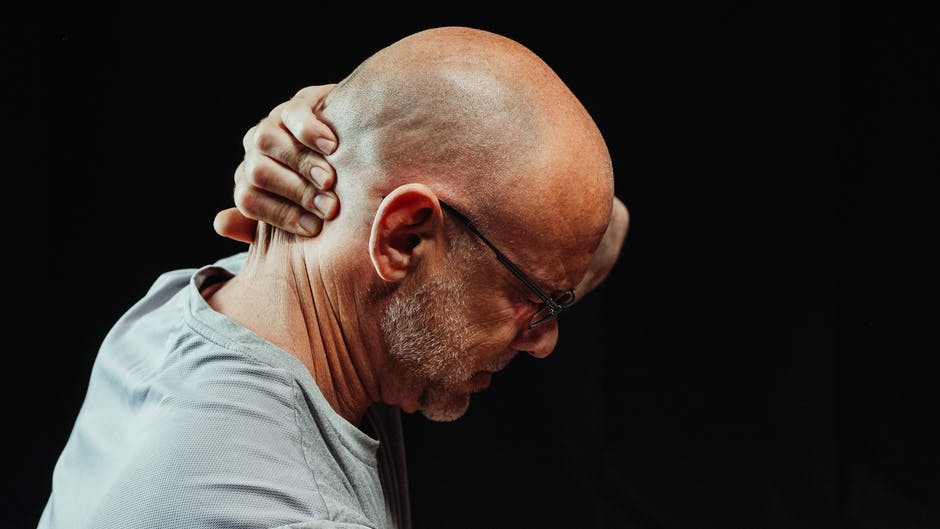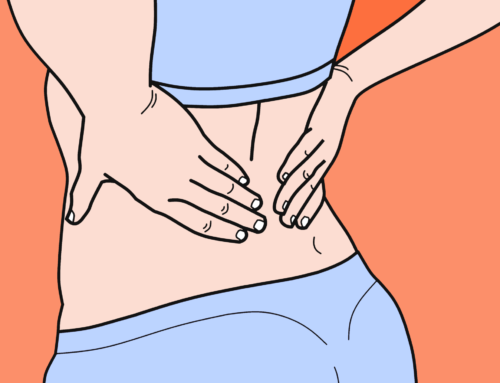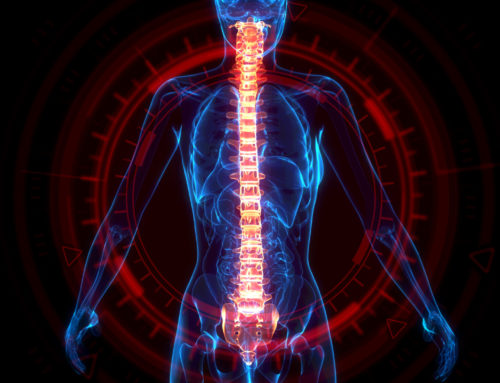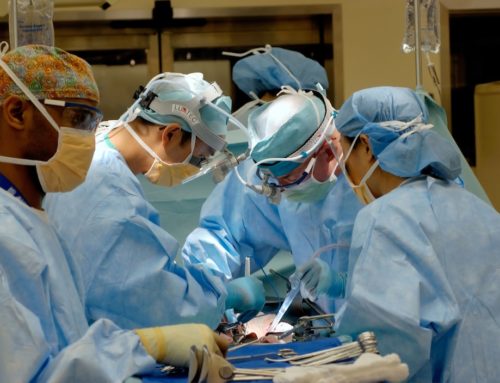Treating and dealing with the most common injuries is somewhat simplified, as physicians gain plenty of experience with them over time. Other less common problems have a more complex process when attempting to find a solution. Back strain, for example, requires a great diagnostics team, doctors with more advanced knowledge on the topic, and specialized equipment.
How can a back and spine doctor help, and what’s their process? First and foremost, they focus on reducing chronic pain to improve quality of life. But, they also implement other measures to enhance the spine’s posture and function. Lower back pain, one of the most common complications, is a great example. Tweaking habits and applying specific treatment can result in swift recovery.
However, given the complexity and high levels of risk when it comes to almost any kind of back and spine injury, patients have to prioritize finding the right doctors. Sometimes what might seem like pain radiating from the spine, might actually be higher up and require the best neck surgeon in your area. Read ahead for some guidance on who you should get in touch with, why it’s important, and what they’ll do.
Types of Back Pain
You might be curious as to what type of back pain you have, even before contacting a medical professional. It’s important to receive a diagnosis before proceeding with any intervention, but it’s always smart to get a general idea regarding any injury you might have. With that said, here’s a look at the different types of back pain:
- Muscle strains
- Vertebral fractures
- Scoliosis
- Tumors
- Degenerative disc disease
- Spinal canal compression
- Pinched nerves
- Herniated discs
Reaching out to a doctor is recommended for multiple reasons. The most important being the proper selection of treatment. A common problem patients run into is following guidance from unqualified personnel. If an injury requires surgery, more often than not, home remedies won’t solve the problem.
Nonsurgical Spine Treatments
A professional will guide you through different types of intervention if surgery is required. However, in some cases, you can recover from an injury via nonsurgical or minimally invasive spine treatments. These are usually painless an don’t ask for much effort on the part of patients.
A back pain specialist can recommend some of the following solutions:
- Back braces: provides comfort and reduces pain
- Narcotic pain medication: reduces pain by weakening signals from the brain
- Muscle relaxants: reduces muscle tension and pain by depressing the central nervous system
- Epidural steroid injections: temporary pain relief by reducing inflammation around a compressed nerve
Finding a Back and Spine Doctor
The most important takeaway from this read, perhaps, is that you shouldn’t be afraid to reach out to a medical professional. A back and spine doctor can mean the difference between daily pain and better overall quality of life. And, since surgical intervention isn’t always required, you might avoid that experience entirely.
Contact us for additional guidance. Remember, we’re here to help, so don’t be afraid to get in touch!






